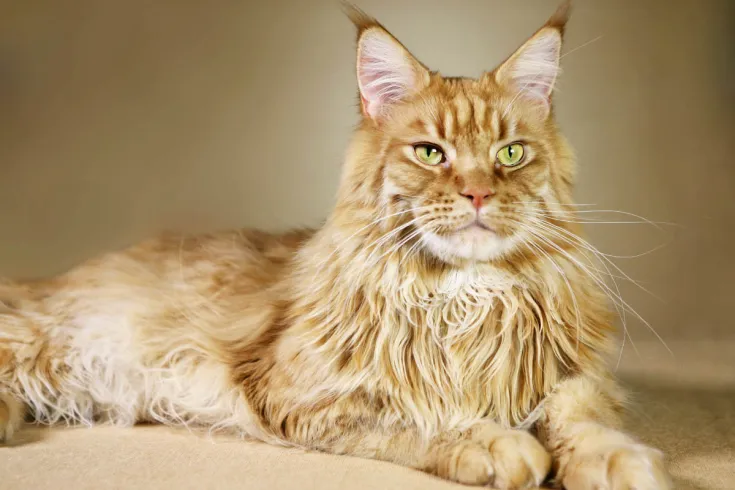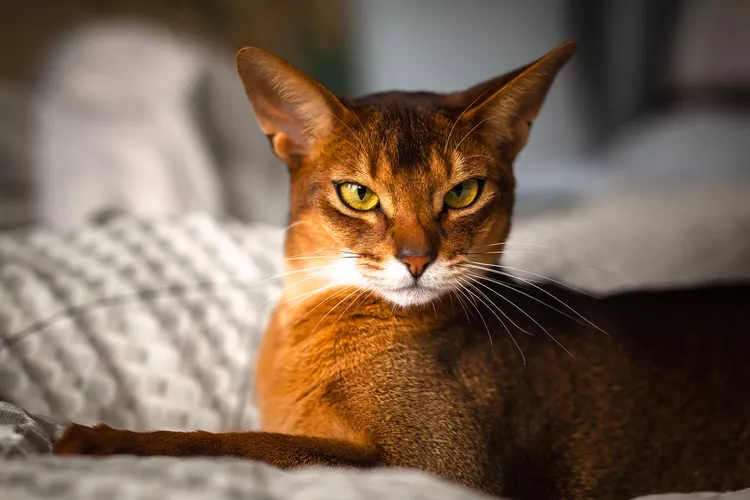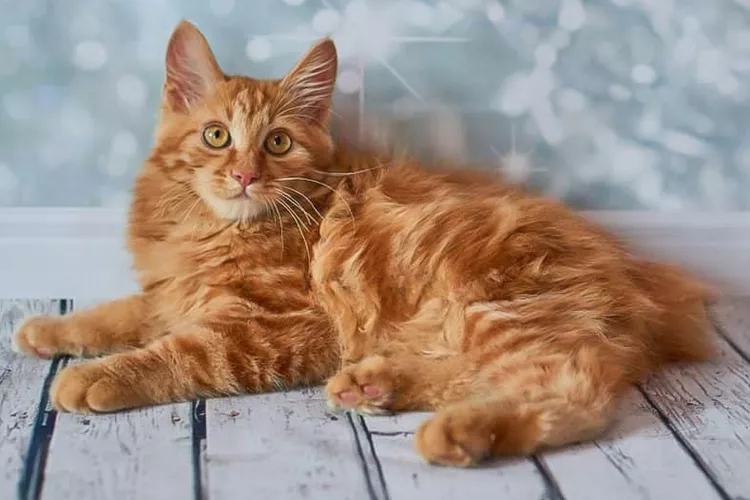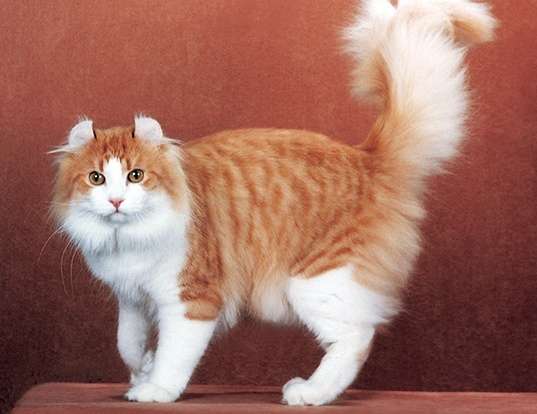
Description
Size: 8- 18 lbs.
Maine coons are big, loving cats that enjoy spending time with their owners and playing with them. Although owners of Maine coons recognize and appreciate these cats for being affectionate family pets, this cat species is mainly known for its enormous size—up to 40 inches in length. Given that the Maine coon nearly went extinct at one point, the breed’s popularity is remarkable. They have a muscular body and a wide chest.
They have a thick, smooth, lengthy coat that gets shorter near the shoulders. The colors and patterns of Maine coons are varied. In addition to bi-color, tabby, shaded, tortoiseshell, and calico Maine coons, one can also find them in cream, solid white, blue, red, and black.
Behavior
Activity Level: Active
Social needs:
Cats of this breed typically get along well with children; each cat has a unique personality that depends on their ancestry, upbringing, and early experiences. The Maine Coon is generally tolerant of children, gets along with everyone (including well-behaved dogs), and is calm and strong enough to handle everyday family life.
Origin/History
The Maine Coon, as its name suggests, is a breed that originated in Maine, where it was well-known as a mouser and ship’s cat in the early 19th century. Because they are a natural breed, little is known about their ancestry. Some claim that centuries before Columbus sailed the ocean blue, the Vikings brought them to North America. Others claim they are descended from longhaired cats that belonged to Marie Antoinette and were transferred to America before the ill-fated queen, who wanted to flee there. It’s possible that longhaired cats were brought back by sea captains and mated with native shorthaired cats.
Care as a Pet
The long, shaggy coat of the Maine Coon cat is silky and slightly oily, which makes it water-resistant and enables it to repel rain and snow, keeping the cat warmer and drier in bad weather. As long as you thoroughly brush and comb the cat on a regular basis, at least once per week, the cat’s long coat doesn’t shed excessively. Bathe every so often to keep the coat feeling and looking clean. Since most Maine Coons like to play in the water, they probably won’t mind getting cleaned. Trim your Maine Coon’s nails once a week to twice a month, and once a week check inside their ears, cleaning them if necessary with a pet-safe ear cleaner.

It’s essential to arrange a veterinary appointment if the ears are red or have a lot of dirt in them.
The Maine Coon is energetic without being overly so. They like to play, and many Maine Coons reportedly adore fetching games just like dogs. Engage your Maine Coon with playthings like feather teasers or other beloved toys to keep him mentally and physically active. Scratching is a common habit that benefits both the mind and body. Set up designated scratching zones in your home using vertical scratchers (like tall poles or cat trees) and horizontal scratchers that lie flat on the ground (like cardboard or sisal scratchers) to ensure that your Maine Coon scratches where it should (and not on the couch).
Nutrition and Diet
In order to prevent Maine Coon cats from gaining weight, which is easy to do if the cat is free fed (food is left in the bowl at all times) rather than given measured meals twice a day, as is the case with other highly built breeds. Keeping a slender body is beneficial for all cats. Maintaining a healthy weight can help Maine Coons, who are prone to hip dysplasia, avoid developing or exacerbating joint problems. Speak to your vet or breeder for suggestions on what to feed or how much to feed each day.
Grooming needs
The Maine Coon, although clean and normally takes care of its coat considering its length, nonetheless requires periodic grooming to keep it in good shape and minimize shedding.
Table





